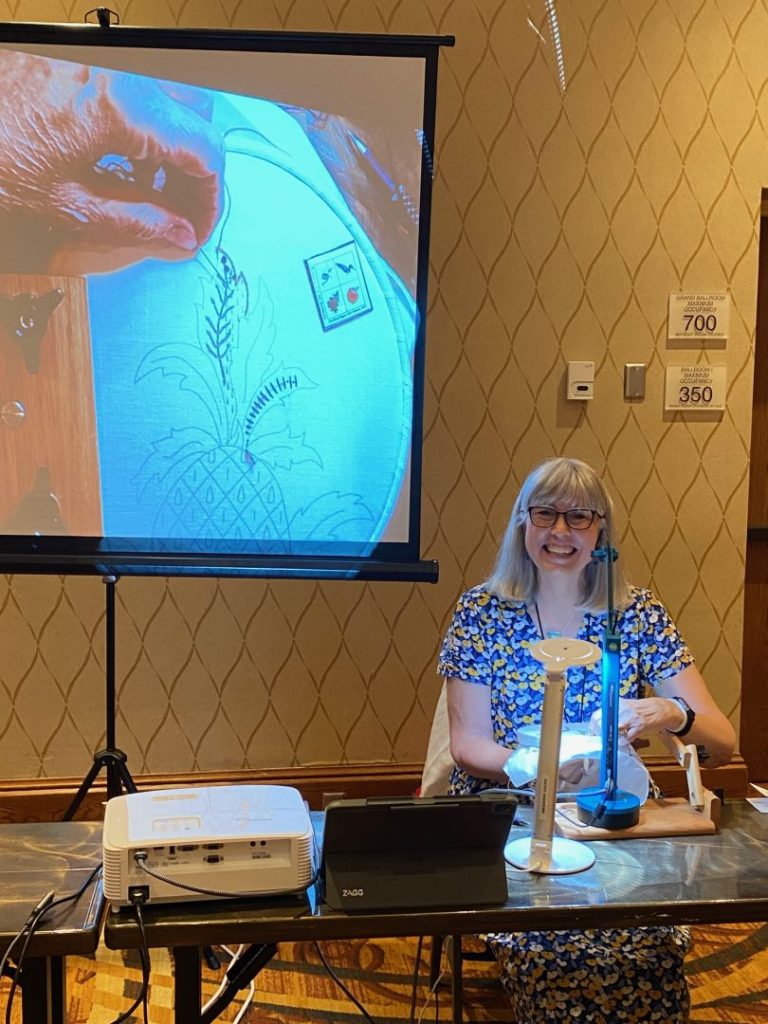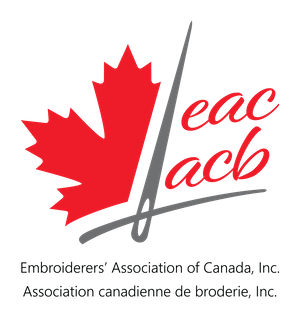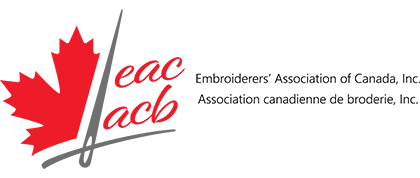
Admission Information
The Instructor Certification Program will assist you in the steps needed to create an embroidery program that you can use to promote your own embroidery designs and instruct a class of students at a guild, seminar, or other classroom environment. Each step of the process will enhance your skills in teaching embroidery and help your career through the development of teachable projects.
You will have one-on-one support from a Counsellor who will mentor and support you through the certification process. As you develop your own project materials and lesson plans, you will learn about instruction methodologies, research the history of your embroidery area of focus, develop an annotated bibliography of embroidery reference materials, and learn about your own teaching philosophy. Based on your own original embroidery designs, you will develop the plans for two projects in your area of embroidery focus. These can be project- or technique-based.
Other important elements of the program include information on contract development, photographing your work, financial records, classroom settings, technology, and copyright regulations – all key components in helping you be successful in your career as an embroidery instructor.
Embroidery Portfolio
Admission to the program requires submission of an embroidery portfolio to the Education Director. Create an embroidery portfolio that contains the following:
- Completed application form
- Resume or Artist Biography
- Include copies of any certificates, awards, and degrees
- Include details of participation in embroidery exhibitions
- Can include letters of comment or commendation
- Record of completion of an advanced EAC/ACB correspondence course in your embroidery area of focus or an equivalent course from another organization.
- Record of EAC/ACB correspondence courses in design – Design for Embroidery and Colour for Embroidery – or formal art training equivalent. Other accredited courses would be considered.
- Theoretical exercises and samples to demonstrate your understanding of colour and design. These exercises do not have to be stitched samples.
- Images of five or six stitched pieces or samples to demonstrate advanced technical skills in your area of embroidery focus. The samples do not have to be original designs; the committee is looking at your stitching expertise in this area of embroidery. These must be high-resolution photographs that include both the front and back of your work, as well as close-up images. Please label these clearly with your name, title of the piece, front or back, technique, etc.
- Demonstration of research skills – an in-depth article you have written based on research (minimum of 2500 words plus bibliography) on the topic of your choice. This does not need to be a new research article and can be one that you have previously submitted from a prior course taken within the EAC/ACB Technique Study Program.
- Names of two individuals who will be submitting a letter of reference on your behalf – a short summary and recommendation from a designer, instructor, teacher, or other embroidery professional who is familiar with your work. This reference letter should be submitted directly to the Education Director.
- Any additional photos of stitched pieces that support your application.
Application for Registration
Please electronically submit your embroidery portfolio to the Education Director. If you’d like, you can mail the portfolio; please email the Education Director to get the mailing address where the information can be submitted.
You must be an EAC/ACB member in good standing for the entire period of enrollment in this program. Reading is an essential element in this program. There are some required readings and subsequent exercises. You will need to have access to a library or use one of the free online libraries such as Open Library (https://openlibrary.org/), Internet Archive (https://archive.org/), or JSTOR (jstor.org). You will be developing an ongoing, annotated bibliography as you work through this program.
The recommended reference book for this course is The Art of Teaching Embroidery by Sandy Rodgers. This book is no longer in print, but copies can be found on various book reseller sites, including Amazon. The Leonida Leatherdale Needle Arts Library has a number of copies of this book, which you may borrow for the duration of your enrollment in the course. Please note that a $75 deposit is required to borrow this book from the library. This deposit will be refunded when the book is returned.
It is recommended that you focus your work on one area of embroidery for your program work. You may use previously developed samples or pieces from other courses you have taught. The designs you use must be your own original designs.
You will be expected to write a detailed report or essay based on the research you will undertake as part of this program. This research does not have to be limited to books. The Education Committee does not expect you to be a professional writer; however, your essay must be well-written. The program materials include information to assist you with the writing component of the program.
You should feel free, at any time, to correspond by phone, mail, or email with your counsellor. In fact, it is essential that you maintain contact as the time between evaluations is lengthy.
All completed sections of the program MUST be submitted to the Education Committee upon completion of the program. The Instructor Certification Program must be completed within thirty-six months. The Education Director may grant one extension of six months, but this is not an automatic extension. Evaluations will include both positive and negative comments; there may be requests to submit corrections or additional work if the assignments do not meet the expectations as assessed by the counsellor.
The development and publication of a “mini-lesson” is a requirement of the program.
The program is structured in four parts with several components in each part. There is a final examination that includes both a practical aspect – actually teaching your course with an evaluator in attendance – and an open-book, written exam.
The completed application form and embroidery portfolio items are to be sent to the Education Director.
After you have been notified of acceptance into the program, you will be invoiced for the program fee of $650. All postage and any other costs incurred are your responsibility. Other anticipated costs could include your travel and attendance at the annual seminar for the practical component of the examination so that you can present your course to a test student group at the seminar; paying a Counsellor for their time and travel to attend a chapter where you teach your course for the practical component of the exam; printing costs for the instructional materials for your developed courses; the cost of the supplies and materials for the students; etc.
Once accepted into this program and the registration fee has been paid, there will be no refunds.
Note: At this time, EAC/ACB does not have an accredited Counsellor who is fluent in French. Tools such as Google Translate or DeepL Translator (https://www.deepl.com/translator) can be used to facilitate communication and accommodate students whose primary language is French.
Course Outline
The four parts of this course are divided as follows:
Part 1: Required Reading
- two book reviews
- development of an outline of the history of embroidery and the start of your annotated bibliography
- suggested time: 4 months
Part 2: Course Design
- with an emphasis on your focus of embroidery
- general teaching considerations
- suggested time: 10 months
Part 3: Writing and Research
- research an embroidery collection, e.g., museum, church or private collection
- essay
- annotated bibliography
- suggested time: 8 months
Part 4: Examination – practical and written
- Suggested time: 2 months
The timelines noted above indicate that the Instructor Certification Program can be completed within 24 months. The maximum time allowed for the course is 36 months

